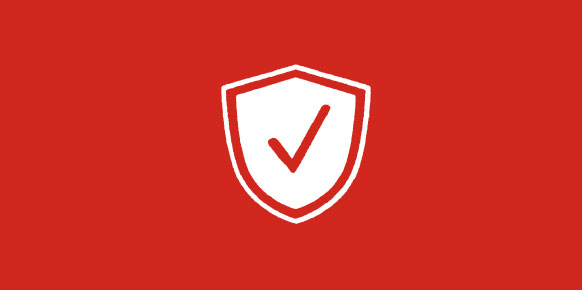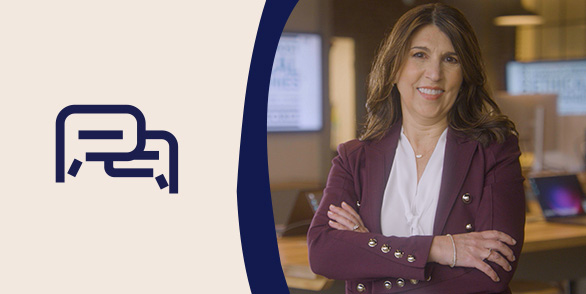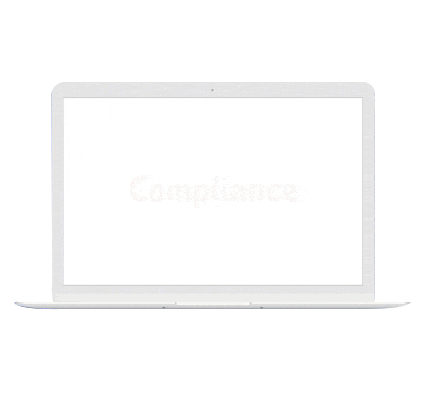insight
Global HRIS
Want an HCM solution that can help you expand worldwide with minimal risk?
For many employers, hiring or placing workers in a new geography is among the first steps in global expansion. Managing those people means they might need an HRS that can help meet the challenges each new market presents. From hiring employees with the right skillsets to complying with multigovernmental employment rules, global HRIS lies at the heart of every successful international business venture.
Table of Contents
What is a global HRIS?
Global HRIS is a human capital management (HCM) solution that offers multinational payroll, local HR service capabilities and regulatory support across all geographical areas of business operation. It can help employers overcome the additional complexity and compliance issues that come with international expansion.
Overcoming system complexity
Managing payroll and HR across different countries – and the regions and territories within them – is difficult. In addition to meeting their employees’ individual needs, employers must comply with country-specific regulations, banking systems and data security requirements. Global HRIS helps them turn these complex tasks into simple and efficient processes. It coordinates a single system of record that provides an accurate, holistic view of the workforce and makes payroll administration easier.
Monitoring and managing compliance
A global HRIS must have sufficient intelligence and adaptability to address the myriad of country-specific laws and regulations facing multinational employers. Systems with these capabilities automate routine tasks and help confirm that employers are fulfilling payroll tax, equal pay, fair labor and other regulatory requirements.
Explore Global HR guide: What it is and how to succeed
Benefits of a global HRIS strategy
Global HRIS makes it possible for a multinational workforce to become more mobile, engaged and productive. Other advantages include the following:
- Tools remain consistent across all work sites and are accessible to employees anywhere in the world.
- Local compliance expertise is readily available to help HR leaders and employees address issues as they move to different locations.
- Integrated systems deliver payroll services, benefits and training in employee-friendly, digital formats.
- Organizations can source, track and develop talent anywhere, meaning all candidates and employees stay on the radar.
- Easily accessible analytics can help employers develop recruitment and retention strategies specific to each region.
Top features of a global HRIS solution
Global HRIS is not one-size-fits-all. Even enterprises in the same market may have different payroll needs based on their locations, sizes and other factors. However, businesses are often best served by partnering with providers who offer these capabilities:
- Process standardization – An HRIS should be able to easily convert and standardize information across multiple global markets and levels of government.
- Work automation – Eliminating manual tasks – e.g., data entry, basic compliance checks or running reports – can help reduce errors and save time.
- System unification – When multiple data sources are integrated into a single system of record, operational complexity decreases across departments.
- Data security – A global HRIS manager must be able to vet, verify and protect employee data under the parameters of applicable legislation.
What to consider when selecting global HRIS software
Picking an HCM system isn’t just another tech choice – it’s a decision that can set the tone for the entire organization. With so much at stake, employers may want to prioritize solutions that improve the employee experience, offer meaningful payroll and HR insights, and integrate with other business tools.
Optimized employee and payroll practitioner experiences
An HRIS that supports multiple languages and currencies can enhance everyone's payroll experience.
Employees benefit from a simplified global pay system that empowers them and keeps them informed. They should be able to easily understand their compensation and have access to tools that help them improve their financial wellness.
An intuitive HRIS also supports the expediency of routine work and directs payroll practitioners to take the right actions at the right time. As a result, they can perform at a higher level and feel more confident in their roles.
Useful payroll and HR insights
A worldwide view of HR and payroll metrics empowers decision-makers with data-driven evidence to optimize staffing strategies and drive overall business performance. Some of the insights available with global HRIS include:
- The time spent processing payroll across the globe, with the ability to compare countries and trends over time.
- Critical workforce trends, such as new hires and terminations by country.
- The average tenure of employees across the organization, which can inform training and succession planning.
- Overtime trends and how they impact total labor costs.
- Deductions for optional benefits, which can help employers determine employee participation rates.
Seamless integrations
For payroll data to truly drive strategic decision making, it must integrate seamlessly with other essential business systems, such as HR management, employee benefits and financial management. A global HRIS that delivers this integration eliminates manual data entry and the associated risk of errors. It also provides a more holistic workforce view. For example, correlating payroll and HR data can show employers the relationship between compensation and employee performance.
Explore The potential of payroll in 2025: Global payroll survey
Best practices for implementing a global HRIS
The following best practices can help employers better prepare their HR and payroll processes to keep pace with global expectations:
- Make payroll easy to use
Easy-to-use payroll solutions help employees understand their pay, access earned wage data and improve their financial wellness. - Offer self-service options
Intelligent, self-service solutions can help anticipate and solve employee issues before they happen, reducing the amount of time spent by HR practitioners. - Understand workforce trends
Payroll data can help businesses pinpoint payroll trends and make better investments. - Integrate multiple data sources
Uniting various data sources across HR and payroll allows organizations to optimize resources and help save time and money. - Deliver consistent onboarding
An onboarding experience that helps new hires get up to speed easily can help employers maintain productivity even when teams change. - Optimize processes
By removing manual work, enterprises can prioritize value-added activities instead of error-prone tasks. - Drive action with data
Organizations that collect, curate and analyze payroll data are more capable of acting decisively.
Frequently asked questions about global HRIS systems
How long does it take to implement an HRIS system?
The length of a global HRIS implementation depends on organizational needs and project scope. Company size, number of countries and integrations all play a factor. Ultimately, implementation can take a few months to a year.
Why does your HRIS need to be global?
As organizations grow and expand across borders, they need global HRIS to gain a competitive edge, manage their workforce more effectively and make better strategic decisions. Ideally, the solution should combine HR and payroll into one scalable platform that supports both day-to-day operations and long-term business success.
Want more exclusive business insights like this delivered to your inbox?Subscribe now
This guide is intended to be used as a starting point in analyzing global HRIS and is not a comprehensive resource of requirements. It offers practical information concerning the subject matter and is provided with the understanding that ADP is not rendering legal or tax guidance or other professional services. Please consult with your legal counsel.






